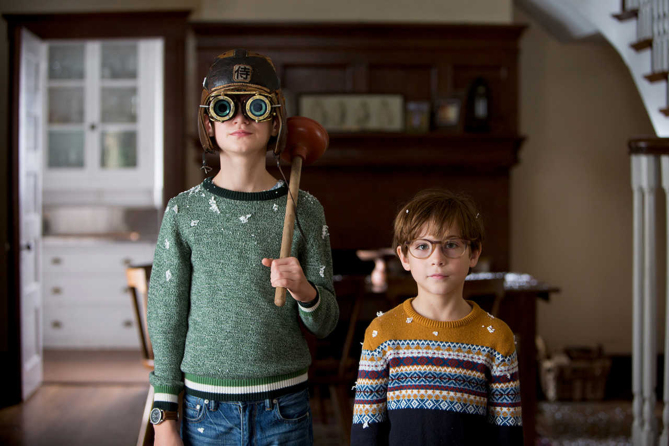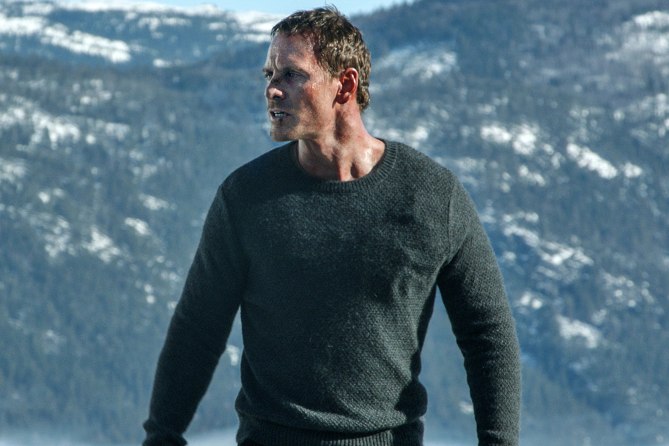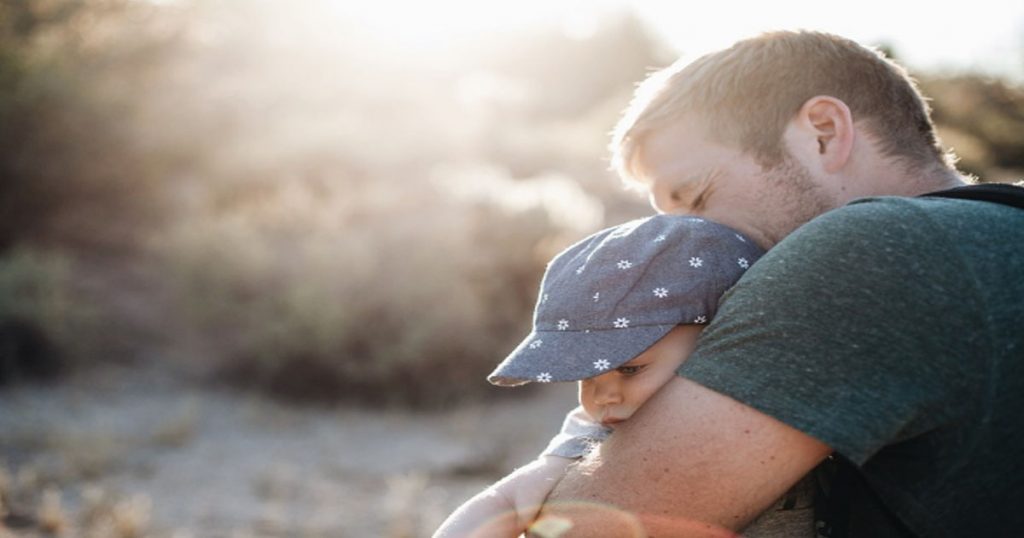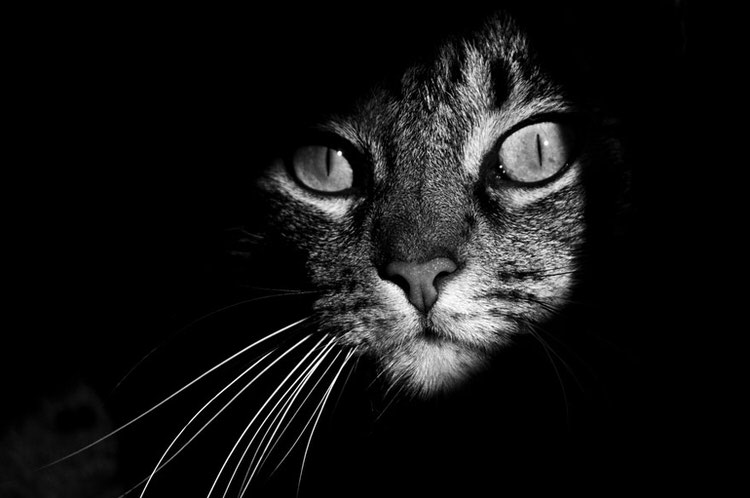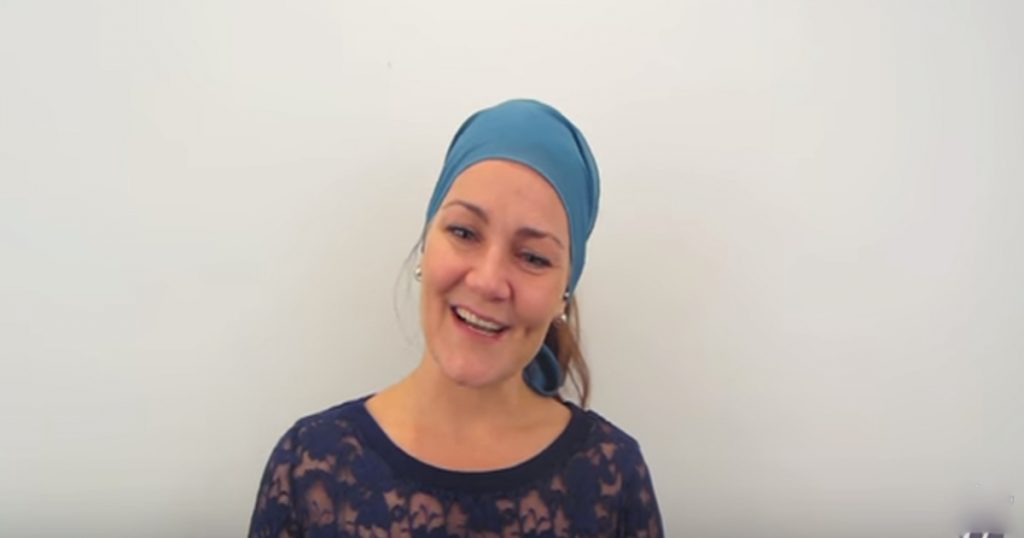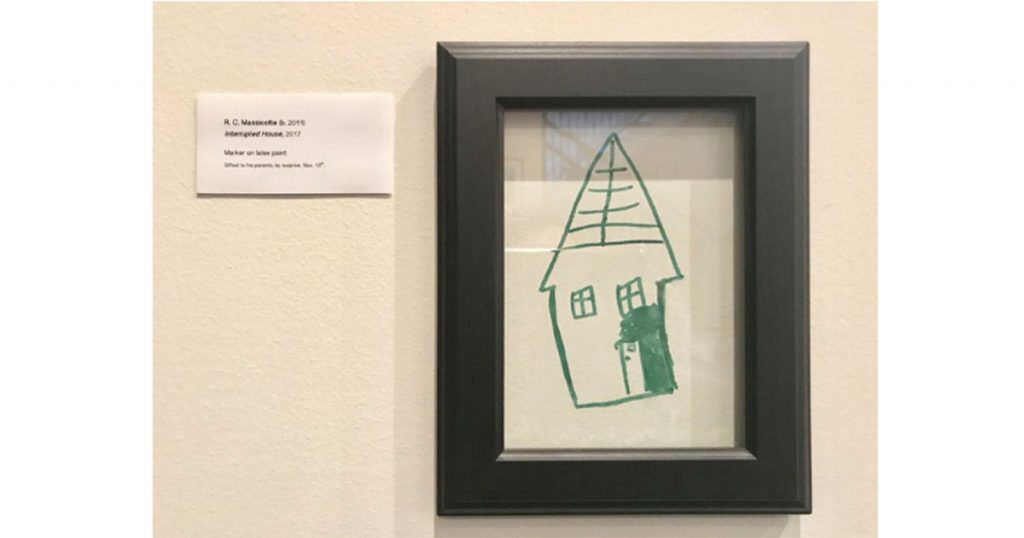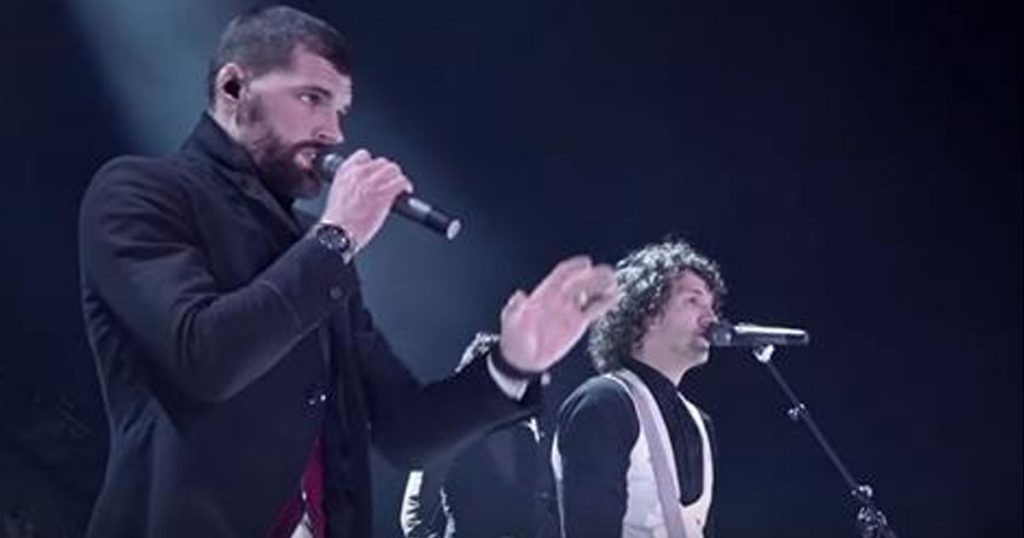2017’s Best and Worst Films
This year, an indie actress and a sketch comedian stunned with wildly assured directorial debuts. One of Hollywood’s most respected blockbuster filmmakers made an experimental World War II movie. An Amazon stepped off the sideline and into No Man’s Land.
Our favorite films this year emerged from unexpected places to tell new and refreshing stories.
On the other hand, The Emoji Movie was also a thing that happened, so it was, you know, kind of a mixed bag.
Here’s a rundown of our highs and lows from the year.

The Best
10. Wonder Woman
How deliciously ironic that after years of macho doom and gloom in the bloated DC boy’s club, it would take a female hero and a female director to show the fellas how it’s done. With this rousing and long-overdue origin story about the fish-out-of-water Amazonian warrior-princess, Gal Gadot and Patty Jenkins reinvigorated a genre that, too often, feels formulaic and on the verge of running out of juice. Gadot’s sly sense of humor and thousand-watt charisma were practically jumper cables. She became a girl-power icon in a male-fantasy universe—something that wasn’t lost on the legion of teenage girls and their moms in the audience, longing to see themselves reflected back from the silver screen. –Chris Nashawaty
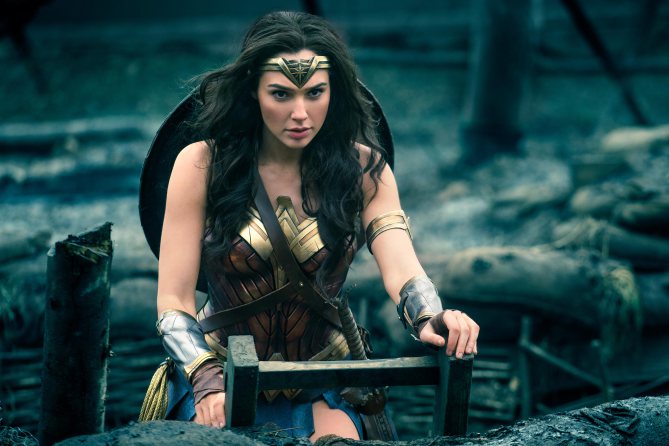
9. Faces Places
A small wonder of Gallic whimsy and odd-couple inspiration, disguised as a humble documentary. Agnes Varda (now 89-years-old!) was French New Wave royalty—married to Jacques Demy, early friends with Jean-Luc Godard, and a pioneering auteur in her own right; the pseudonymous JR is a thirtysomething street artist renowned for his cool-kid persona and massive site-specific installations. Together they crisscross the countryside in a truck that doubles as a photo studio, meeting ordinary citizens whose images they wheat-paste onto rocks, shipping containers, and derelict buildings. Like their work, the movie’s impact is ephemeral but unforgettable; you can’t help but take it with you. –Leah Greenblatt
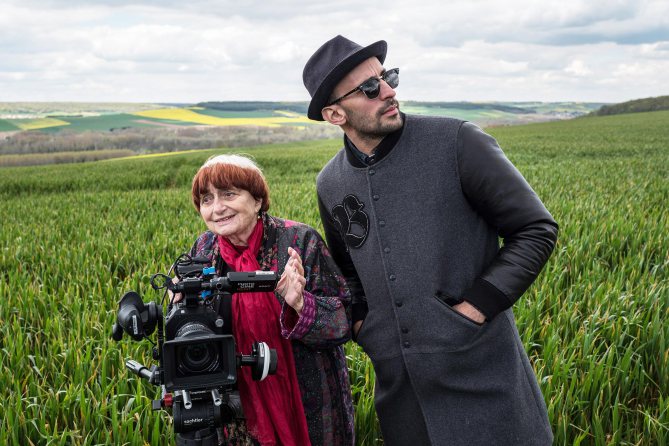
8. Molly’s Game
For decades now, Aaron Sorkin has reigned as one of the snappiest and most singular writing voices on screens big and small (The Social Network, The West Wing). It was always just a matter of if not when he’d direct. Still, who knew he’d be so assured behind the camera once he got there? With the modern-day morality tale, Molly’s Game, Sorkin grafts his signature, rat-a-tat dialogue onto the true story of Molly Bloom—a former Olympic skier who would end up running one of the country’s biggest and most exclusive underground poker games, until the feds crashed the party. As Molly, Jessica Chastain serves up a fizzy cocktail of hard-edged intelligence and elastic ethics. It’s her best showcase since Zero Dark Thirty. Molly’s Game crackles with both coked-up energy and the promise of a bold new director’s arrival. –CN

7. Lady Bird
There’s so much loopy, true-to-life charm in Greta Gerwig’s directorial debut, it hardly matters that we’ve followed this coming-of-age arc—sex, cigarettes, self-discovery—a thousand times before. As a high school senior dying to break free of her dull Sacramento hometown, Saoirse Ronan’s Lady Bird is exactly the kind of young heroine to make it new: a wonderfully flawed weirdo with an outsize self-confidence (she won’t even deign to respond to her given name, Christine) that’s all the more glorious for being mostly unjustified. Gerwig, so recently an onscreen ingenue herself, has a true gift for tracing the inscrutable rainbow of human emotions; hopefully she’s just beginning. –LG

Saoirse Ronan and Laurie Metcalf
6. Hostiles
How has a genre as historically rich as the Western been mired in such an epic dry spell? But just when you were expecting the tumbleweeds to come blowing in, along comes Scott Cooper’s Hostiles—the first great American Western since 1992’s Unforgiven. Christian Bale, in one of his most interior performances in years, plays a haunted soldier with a savage past who’s assigned to lead a group of Native Americans to their tribal home in Montana. Along the way, they pick up a woman (Rosamund Pike) whose husband and children were slaughtered, forging a new, unlikely family. There are seeds of other classic oaters here (The Outlaw Josey Wales, Dances With Wolves), but Bale elevates the tale with a master class in subtlety. For better and worse, you understand where his character’s been, where he’s headed, and the small measure of grace he’s managed to find. –CN

5. Foxtrot
The profoundly humane Israeli import, Foxtrot, upends your expectations at every turn. The film opens with a middle-aged couple answering the door to find every parent’s worst nightmare waiting on the other side: A pair of uniformed IDF soldiers inform them that their son has died in the line of duty. But rather than spend the next two hours walking us through the stations of grief or wallowing in grim tragedy, writer-director Samuel Maoz (Lebanon) leads you somewhere completely unexpected. Anchored by a pitch-perfect pair of performances by Lior Ashkenazi and Sarah Adler as the story’s grieving parents, Foxtrot detours and dovetails like a three-part symphony on the thread-like fragility of life, the randomness of tragedy, and the fleeting moments of lightness that lay in between. In the end, what you’re left with is a deeper understanding of what it means to be alive. –CN

4. Get Out
Just when it seemed there could be nothing new under the jump-scare sun, comedian-turned-filmmaker Jordan Peele flipped the script with his wry, ruthlessly topical take on sex, race, and smug liberalism. (The call is coming from inside the zeitgeist!). Starring British actor Daniel Kaluuya as a black photographer whose bucolic weekend upstate with his white girlfriend’s family veers into an increasingly freaky conspiracy, Get Out wasn’t just a fresh take on a tired genre; it got mass audiences on their feet in the theater, and kept them talking long after the last, outrageously satisfying scene. –LG

3. The Shape of Water
A fish-scaled fairytale for adults old enough to know how ugly the world can be, but still willing to believe in its untapped magic too. Master fabulist Guillermo del Toro conjures the dream-like reverie of a mute janitor (Sally Hawkins) at a Cold War-era research facility whose small, ordered life is rocked by the arrival of a mysterious creature (del Toro regular Doug Jones, in amphibian-Adonis drag). Where he comes from, and what the malevolent director (Michael Shannon) plans to do with him are secondary to the beguiling spell the story casts, an unlikely but enchanting hybrid of midnight-movie sci-fi and swooning interspecies romance. –LG

2. Call Me by Your Name
On aesthetics alone, Call Me is almost too easy to fall for: The pastel early-‘80s fashions, the gorgeous young costars, the sun-dappled greens and golds of its Northern Italian setting. But director Luca Guadagnino dives beneath his pretty surfaces to tell a love story of infinite tenderness and exquisite, almost painful intimacy. Like most summer romances, the affair between 17-year-old Elio (Timothée Chalamet) and grad student Oliver (Armie Hammer) is never really meant to last. But it’s clear in their parting—and in the wordless, utterly devastating closeup that runs through the final credits—how long those feelings will linger, both for Elio and for us. –LG

1. Dunkirk
There’s certainly been no shortage of World War II films over the years. But Christopher Nolan’s Dunkirk breaks free from its precursors by redefining what it feels like to experience combat through film—the chaos, the confusion, and the courage under fire—by fusing sight and sound to conjure the year’s most relentless and fully immersive cinematic event. Some have argued that Nolan’s film lacks narrative coherence. That it’s too impressionistic. I’d counter by saying that, like the most revolutionary movies, it has merely created a new storytelling vocabulary. Switching seamlessly among land, sea, and air, Nolan uses his massive canvas to expand our understanding of war, stripping it of artificial gung-ho dialogue in favor of harrowing sensation. Watching it is like sitting through Saving Private Ryan’s kinetic, nerve-wracking opening D-Day invasion stretched out to feature length. By recounting the events of May 1940, when more than 300,000 Allied troops were pinned down on the beaches of France, waiting for deliverance or—more likely—death, Dunkirk is less about victory than survival amidst hopelessness. And for every second, you feel as if you are there (whether you want to be or not). Nolan’s is an epic achievement—the very definition of what cinema can and should be. Dunkirk is visceral, big-budget filmmaking that can truly be called art. –CN


